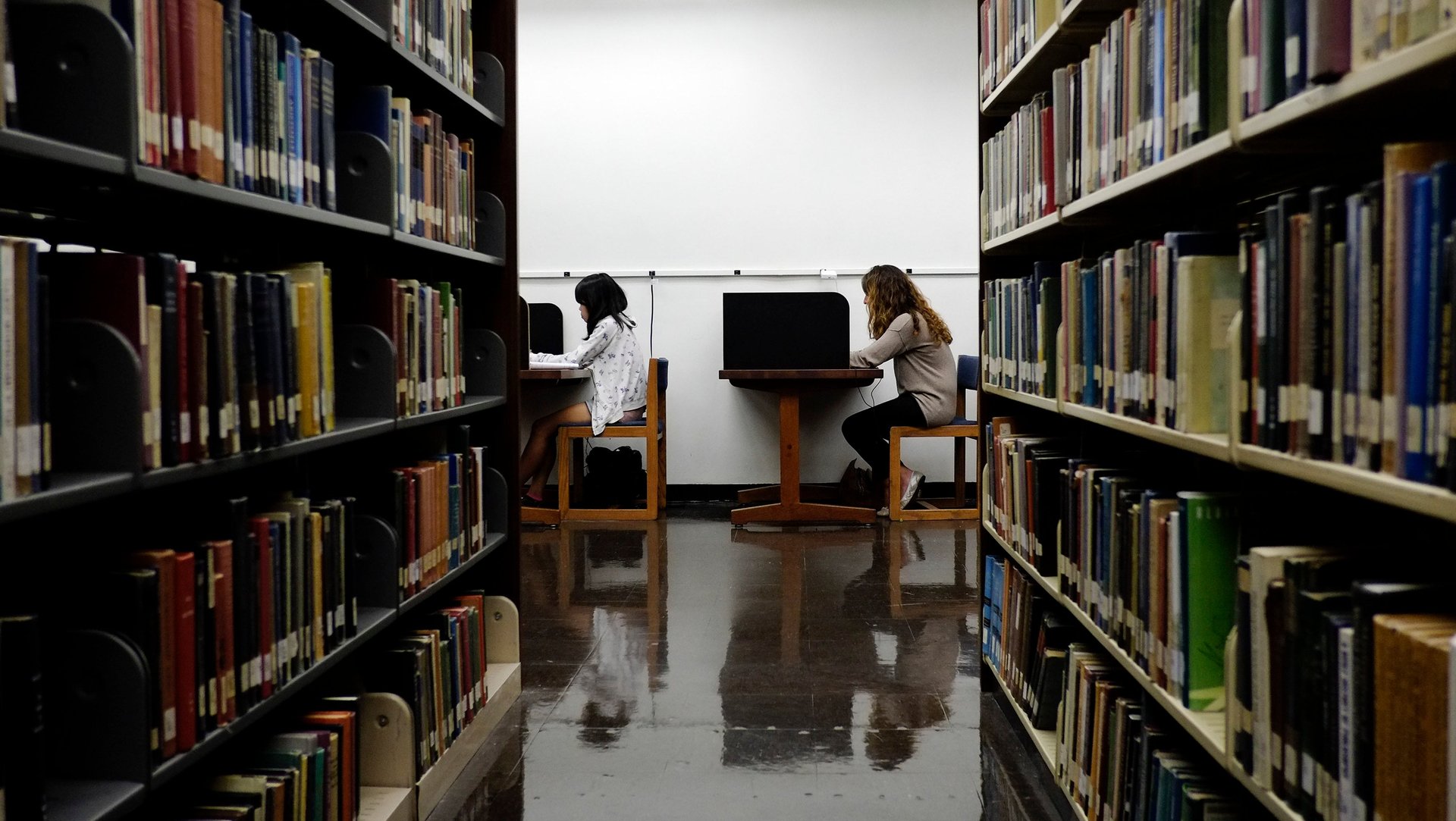The biggest risk in going to college isn’t the debt
Until America figures out a better alternative, pushing higher education for all is one of the few avenues we have for meritocracy. For those who argue that college doesn’t prepare students for work: a college degree was never intended to provide vocational training. And it certainly doesn’t benefit everyone; some people (of all backgrounds) are better suited to hands-on-vocational training than a liberal arts degree. Though it depends on what you study and where, the typical bachelor’s degree doubles lifetime earnings.


Until America figures out a better alternative, pushing higher education for all is one of the few avenues we have for meritocracy. For those who argue that college doesn’t prepare students for work: a college degree was never intended to provide vocational training. And it certainly doesn’t benefit everyone; some people (of all backgrounds) are better suited to hands-on-vocational training than a liberal arts degree. Though it depends on what you study and where, the typical bachelor’s degree doubles lifetime earnings.
It’s the single best insurance for a precarious job market. But college, especially the degrees at some unsavory for-profit schools, is not always worth the money. Taking on debt for education is still a gamble. Students from low-income backgrounds often end up on the losing end because they are more likely to end up with lower value degrees and take on debt to pay for it. One simple way to help them is to give them better information on what they’re getting into.
In 2012, Chile (pdf) conducted a program that gave students information on a degree’s value before they took on debt. Chilean student loan applications were guided through a website that asked about their degree plans, how much they expected to earn after they graduated, and tuition costs. Many students over-estimated benefits and under-estimated costs.
Next, some randomly selected students were shown how much their intended degree would really pay off over a 15-year period in excess of the tuition costs—the value of their degree. They were also given information on the value of degrees at equally selective schools including how much more (or less) degrees in a similar area would pay, say a nursing versus nutrition degree. A study of the program finds that the information had the biggest impact on the behavior of students from poorer households, who had worse information going in. It altered the student’s degree choice, but it did not make them more inclined to go to college.
A similar program could also help American students, but it could produce some unintended consequences. The biggest risk when taking on student debt isn’t that you’ll get a degree you won’t use—it’s that you’ll start a degree and not finish it. The data below, from the Census, are median earnings for 25- to 30-year-olds by degree: high school graduate, college drop-out, vocational associate degree, academic associate degree, and bachelor’s. Even an academic associates degree has some value, but starting and dropping out confers hardly any.
Directing people to more profitable courses of study without addressing the high drop-out rate may prove counter-productive. STEM degrees are known to have high pay-offs, but they also have very large drop-out rates. According to the Department of Education, between 2003 and 2009, 69% of students who attempted a STEM associate degree either dropped out or switched majors (drop-out rates were comparable for humanities degrees).
Giving potential students more information has limited value until America addresses deeper issues which leave many young adults unprepared for college. Steering students into more lucrative degrees (which may also be more challenging programs) without adequate support or training has the potential to increase drop-out rates. If America tries the Chilean experiment, a more accurate assessment would need to include attrition rates in order to educate students on the biggest risk that comes with taking on student debt.